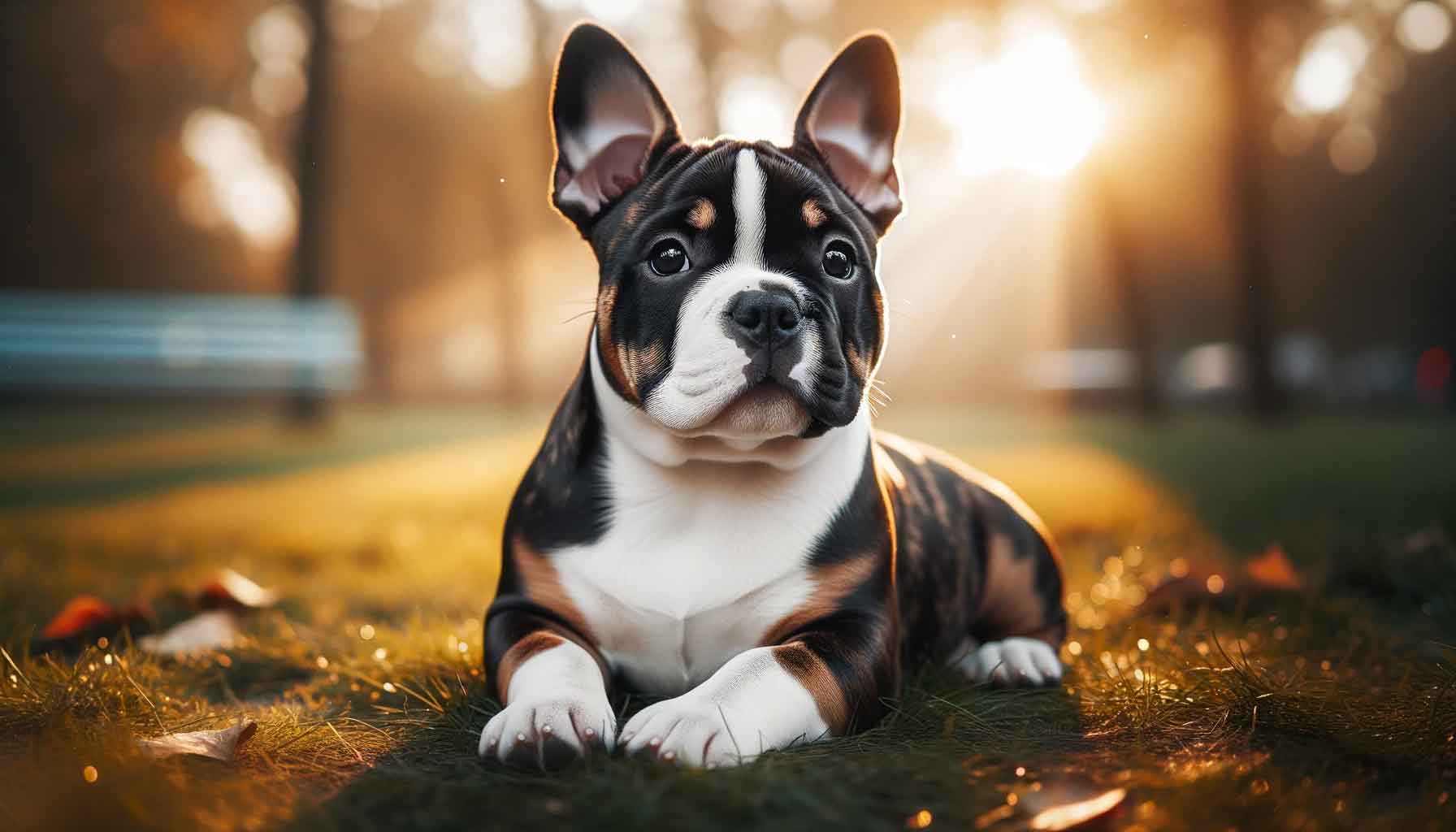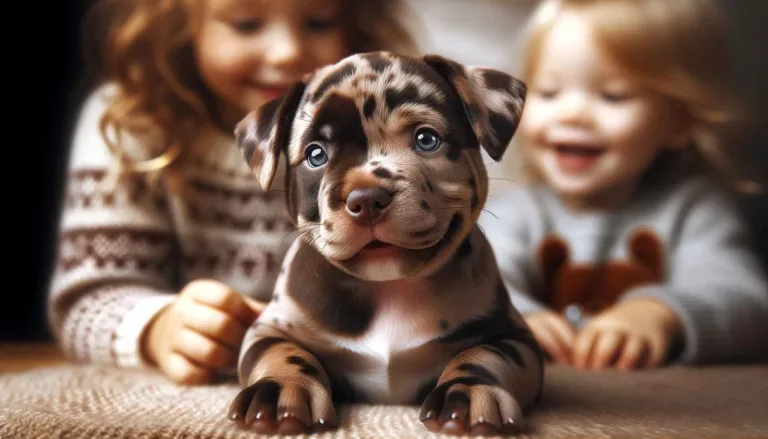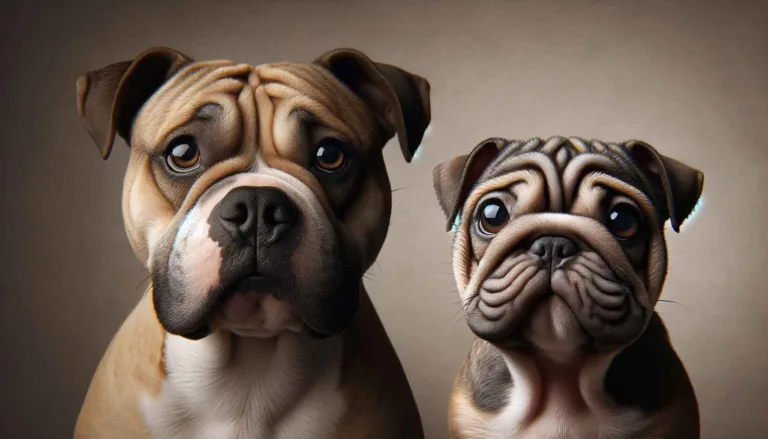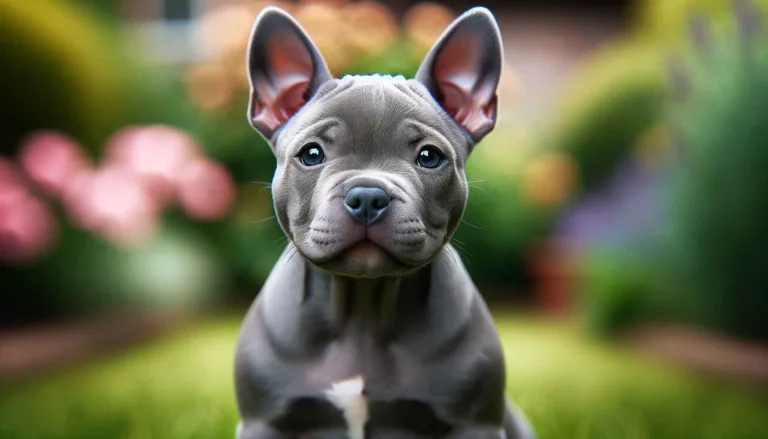Introduction
A micro bully is among the dog breeds that have remained the center of arguments and debates because of being compact and bulky. There are many who find it to be an ideal family dog, whereas others view it with caution and suspicion. People possess different opinions about the micro bully breed because they are aware of them being prone to specific health conditions, while the extreme appearance can affect their ability to move in a free manner.
There are different variations among micro bullies when it comes to color. These days, people prefer having a chocolate micro bully, as the coat combination of this canine sets it apart. It is basically a tri-color micro bully that comes with unique coat patterns. So, it either appears as a large package of each color, or you will find it to be a mix of three different colors. Like other kinds of micro bullies, you will find it to have a friendly temperament towards the family members.
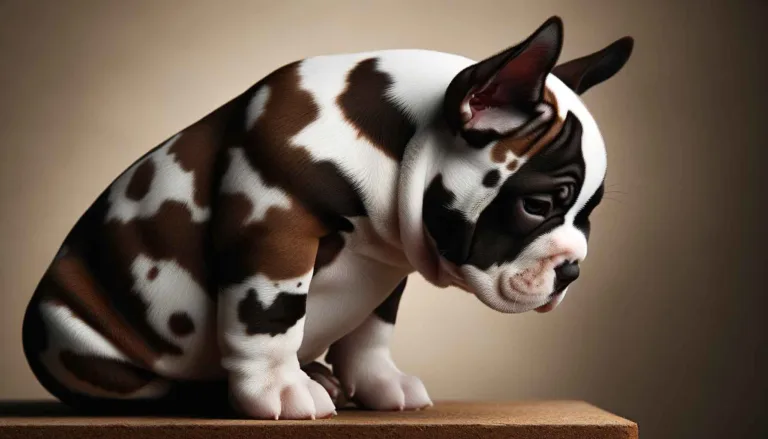
What are the Chocolate Micro Bully Color Combinations?
The chocolate micro bully has a coat color, which is not uncommon. The word ‘Chocolate’ describes a tri-color micro bully that comes with a coat with a chocolate-colored or brown base and black and white patches. It is worth mentioning that the distribution of colors and the specific patterns on a chocolate tri-color micro bully’s coat may vary from one dog to another.
You have to note that the chocolate tri-color bully is not a separate American Bully breed, but it is a term that describes a dog’s coat color. Another type of chocolate micro bully is a tri merle with a coat color combination of black, merle and chocolate. Basically, the merle coat pattern in a micro bully comes with different patches of color that are irregularly shaped in another color’s base coat.
Those who understand the chocolate tri merle associate it with the Associate Shepherd, but it can occur in other breeds of dogs, which also include the micro bully. One must understand that this particular color may not be recognized in the micro bully breed standards, which is why some people don’t consider them show-quality canines.
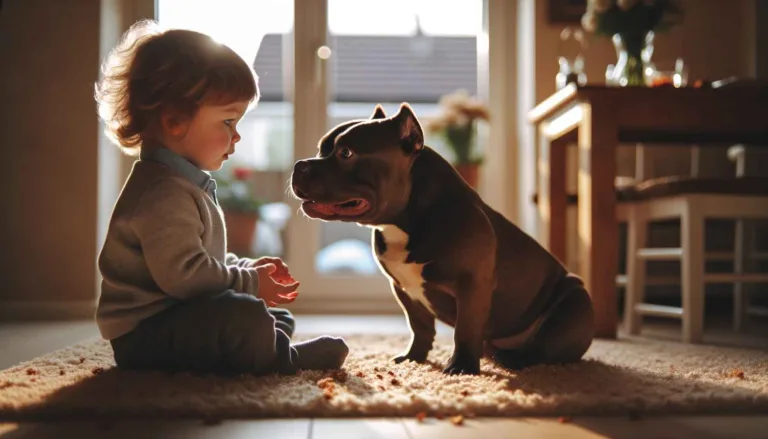
Is Chocolate Micro Bully a Pitbull?
The American Kennel Club (AKC) considers four breeds to be Pitbulls. These include:
- The American Staffordshire Terrier
- The American Bully
- The American Pitbull Terrier
- The Staffordshire Bull Terrier
So, your micro bully is a Pitbull, but out of all the other breeds, the bully breed diverges the most. When an individual refers to a dog as a Pitbull, the only thing that comes to mind is the American Pitbull Terrier. Therefore, if anyone would like to refer to any other breed, like the chocolate micro bully, they will use the variant or the name of the breed. When a breeder breeds a micro bully of chocolate or any other coat color, he never refers to himself as a Pitbull breeder, although technically, it is a Pitbull.
So, if you own a chocolate micro bully, it is, in fact, a Pitbull, yet a Pitbull is not a micro bully. Micro bully is the sub-branch of the American bully, a recognized dog breed; therefore, if you refer to it as a Pitbull, it is quite unlikely that you will be able to give a clear picture of it to anybody. So, other people may need clarification about which dog breed you are talking about.
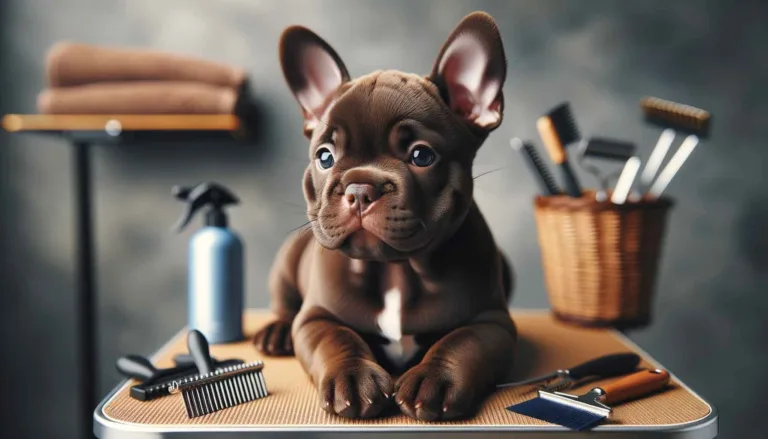
Are Chocolate Micro Bullies Difficult to Raise?
A chocolate micro bully is bred as a Pitbull’s family-oriented version, but it is easier than other dog breeds. However, it can have the same problems as other American bully breeds that you need to address. You will find it to be great with other people and kids, but it may need to be more receptive to other dogs. So, you have to socialize from a very young age.
Grooming
The grooming requirements of a chocolate micro bully are quite the same as those of other dogs. It would be best if you looked out at some of the key areas in order to groom them in a proper manner. The most important thing is to brush your dog’s coat on a regular basis in order to get rid of the dead skin cells. You should be informed that your micro bully can be susceptible to ear infections, so use a cleaner to clean its ears.
As a dog parent, you also have to cut the nails of your micro bully twice a month. The best time to do it is when your dog is relaxed and tired. You also have to clean the teeth of your micro bully once a week with the help of the dog toothbrush. If you want to maintain its dental health, feed it dry kibble.
Health Problems
All micro bullies have common health problems because of their compact size and small legs. But as a dog parent, you can expect additional health risks with the chocolate micro bully as compared to a dog of any regular color. Hip dysplasia is among the common issues and is caused by reduced hind-leg movement. Your micro bully can also be prone to heart problems, but this particular risk can be reduced through breeding. Lastly, there is a huge range of skin-related issues that your pup may face, and these include allergies, dry skin and dermatitis.
Final Thoughts
In order to breed a chocolate micro bully, it is important that you breed two dogs that come with the same coat pattern genes. Keep in mind that the cause of this kind of coat pattern is the interaction of different types of genes that control the production of pigment in the coat and skin. The interaction between these specific genes results in a chocolate tri-color micro bully. In order to produce it, you need to have thorough information regarding dog genetics so that you are able to determine which dog contains genes for the chocolate coat pattern.

